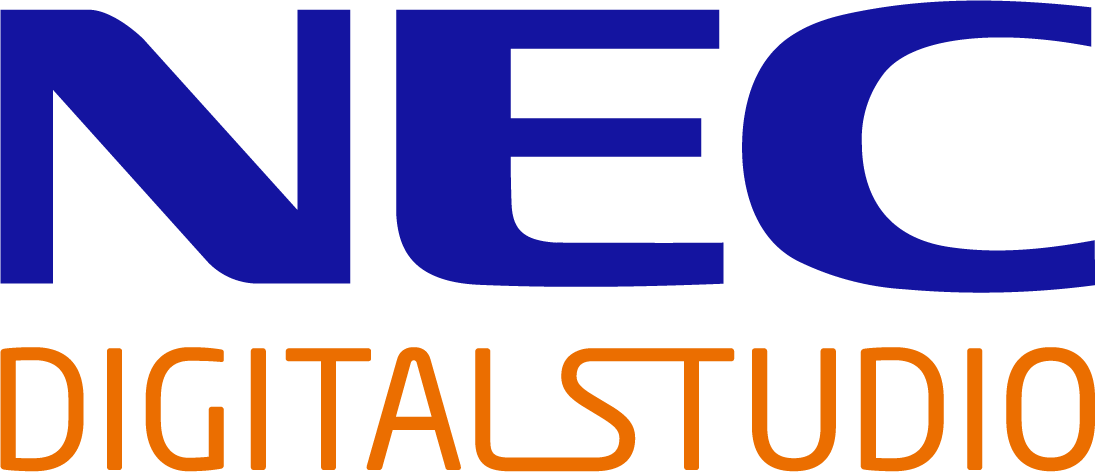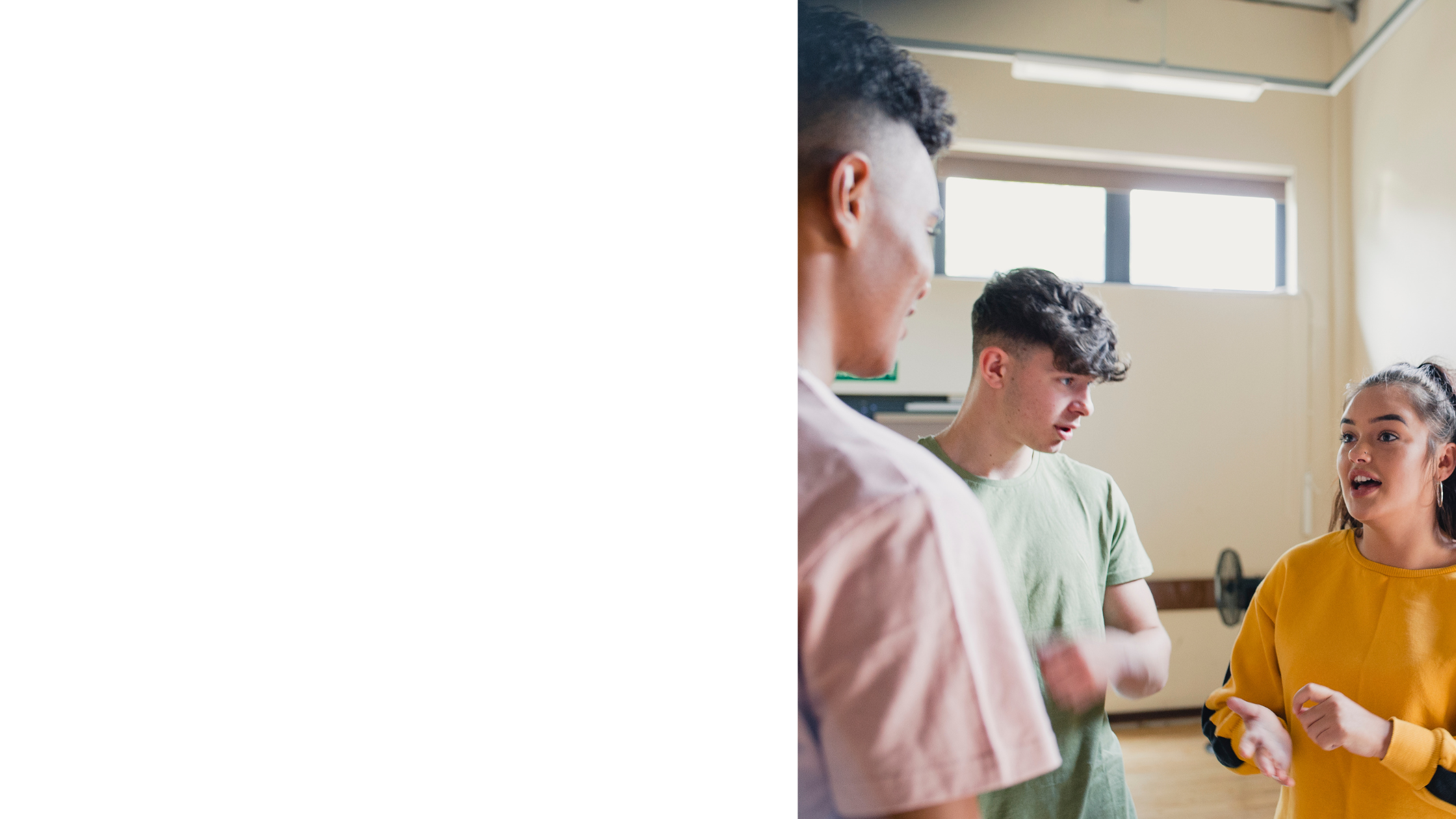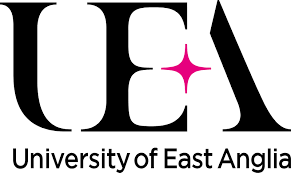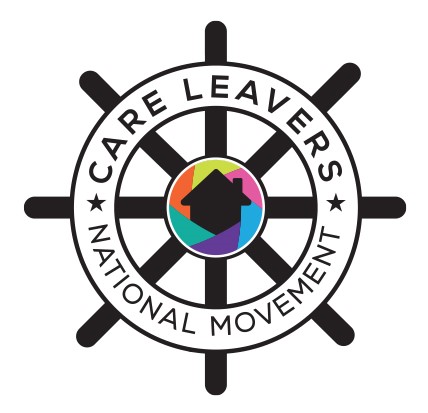The Opportunity
Our challenge was to improve the quality, consistency and delivery of wellbeing support for teenagers living in social care by co-designing a resource to help with recording and reflecting on everyday memories.
The Results
This co-design work combined academic evidence and the lived experiences of care-experienced teens, carers and social work professionals to produce a resource named ‘Spark’. Spark consists of guidance and activities to encourage teens and their carers to record and reflect on everyday memories. It is now in a phase of piloting and iterative development.
Project Context
LIMITLESS is a programme of research funded by the National Institute for Health and Care Research (NIHR). It is led by Dr Simon P Hammond, based at University of East Anglia (UEA) and involves colleagues from across the UK.
The programme aims to create a resource that improves how carers and teenagers record and reflect upon teenagers’ everyday memories, for better mental health.
NEC Digital Studio is the design partner for the current phase of the programme, consisting of the co-design and development of Spark.
The problem to be solved:
“Teenagers are the fastest growing age group entering care, and the group most at risk of poor mental health. There’s an urgent need for better evidence on the ways carers can support however, with their mental health.”
Dr Simon P Hammond, as quoted in article about grant to improve well-being of teens in care
Within the care system procedural information such as allergies, schools attended and risk factors are routinely recorded. However, it is recognised that this record, whilst important, doesn’t capture the memories of everyday lives. In particular, the positive things that happen whilst children are in care such as: the friendships they have, days out or the day-to-day aspects of life which can be taken for granted. Some carers and/or young people do this, however many do not.
Previous work by Dr Hammond and colleagues has highlighted that poor and inconsistent practice leaves large gaps in the life histories of people with care experience that can be detrimental to their sense of identity and mental health. Whilst there are therapeutic approaches available, these are often designed to help younger children living in care. Life Story Work is one of these approaches, where specialists use objects, photos and journals to help younger children understand why they came into the care. However, such approaches are costly, poorly evidenced and not consistently applied to, or available for teenagers.
The LIMITLESS programme seeks to understand how we can better support the mental health of teenagers living in care. LIMITLESS takes a highly valued yet inconsistently and poorly evidenced approach, Life Story Work, and aims to increase the quality, accessibility, delivery and consistency of it to teenagers living in care.
In the current LIMITLESS II project, the team built upon their prior work from LIMITLESS I and sought to understand what factors influence how the recording and reflecting upon everyday memories might be delivered in ways which were higher quality, more accessible in the constrains of the business of day-to-day life and more consistently carried out.
In keeping with the LIMITLESS programme’s commitment to ensure the voices and lived experiences of people with care experience sit at heart of this mission, Dr Hammond and colleagues chose a co-design approach. This enables the LIMITLESS team to build on knowledge from their earlier academic research and co-design with carers, clinicians, care experienced teenagers, academics and designers to develop the resource (which became known as Spark).
Our role:
Our role at NEC DS was to lead on this process, developing 3 co-design workshops, developing a resource prototype and supporting the LIMITLESS team through the co-design process which was a new approach for them.
Our team working on this project have an academic background and are experienced in working with academic evidence and supporting stakeholders unfamiliar with co-design through the process.
What we did and how we did it:
We developed and facilitated 3 co-design sessions. These sessions took place across the UK and were attended by the same group at each session. The participants were a mix of care-experienced teens, carers, social work professionals and academics.
There were a number of objectives for the co-design sessions:
- Integrate the earlier academic findings
- Bring a sense of community, provide space for people to get to know each other, and spend time together.
- Build creative confidence in the participants that would allow them to engage in the activities and develop the kit.
- Utilise the NEC DS trauma-informed approach to reduce any potential upset or harm to participants.
Alongside the co-design sessions the team also:
- Utilised mapping to understand how any resource would work as part of a trial and what future long-term delivery might look like
- Carefully supported the client (UEA team) through the co-design process, managing their expectations and questions as we went through the process. Our team worked hard to support the LIMITLESS team to trust the co-design process and to keep an open mind on the final outcome.
- This was to be valued by Dr Hammond who needed to balance the tensions of an existing evidence-based, a funded piece of research with clear deliverables and learn to trust an unfamiliar co-design process.
Full day workshops took place roughly once a month for three months in Leeds, London and Norwich. The first of these workshops focused on understanding why memories and everyday moments were important to collect and what people might like to know about their future selves. In this workshop we also shared the findings and principles from the earlier phases of the LIMITLESS research programme. This allowed people in the room to ‘play’ with the evidence and add their own experience and understanding to it.
The second session was a creative design session, participants were taken through a series of activities through which teams developed their own resource which was presented ‘Dragons’ Den’ style at the end of the day.
All the data from the second workshop was analysed and synthesised so that the team could develop the first prototype of the kit that was then reviewed in the third and final of the co-design workshops. The feedback from the third workshop was used to design the Spark prototype which will be trialled across July- November 2025, with an initial cohort of 12 carers. Learnings from this pilot with be revisited and used to refine Spark before is used as part of a larger trial involving up to 80 carers.
We had fantastic engagement in the workshops and saw the confidence of the young people grow over the process.
The Results:
Spark features a series of activity cards to encourage teenagers and their carers to engage in memory making and reflection, as well as guidance to use them.
The co-design sessions were vital in designing the final outcome and changed the direction in three key ways:
The inclusion of memory making activities
In the second workshop it became clear that there needed to be a focus on both the making of memories and the intentional recording of them. That there was an appetite for this to be something that carers and teenagers do together. Activities for the final Spark prototype were carefully selected to ensure that they speak to the evidence-based identified in the phase of the LIMITLESS research programme.
Who the ‘owner’ of the kit was.
Who ‘owned’ Spark was up for much debate across the co-design phase, whilst the memory record is ultimately the young person’s, the carers are likely to be leading on the collection of the memory. Knowing that teenager involvement would shift over time, the decision was made to ensure that Spark was open to everyone and written in a way that felt open to both the carer and teenager to use. However, to ensure that the memories were being collected, a ‘core card’ was introduced to ensure that carers created a weekly record.
Shift in approach around activities
In earlier work packages the UEA team had found that certain activities to record memories were more suited to certain contexts, as teenager involvement and engagement would shift. An early suggestion was to use a filtering approach on the process, that would suggest different activities determined by a young person’s point in their care journey, relationship with their carer and perceived level of engagement. However, the co-design process showed an appetite for an approach where the activities themselves were available to all and adaptable as a teenagers’ engagement shifts.
What next?
The Spark resource will now move into the next phase of LIMITLESS II. This will see 12 carers and their teenagers piloting Spark from July – November 2025. Working with the research team the carers and teens will see if, how, why, when and why it works (or not) Spark helps enable higher quality, more accessible and more consistent recording and reflecting of everyday memories.
NEC DS will be involved in a final workshop in January 2026 that will be used to identify any further development needed on the prototype before moving into a larger trial involving 80 carers during 2026-2027. More will be reported on this project in Spring 2026.
Find out more
More and more organisations are turning to digital or digitally-enabled services, but real change starts with understanding people’s needs. If you’re exploring a similar challenge or want to know how we can help, get in touch with us through our contact us page.
Further reading
The go-to guide on all things NEC Digital Studio, our playbook gives you an in-depth insight into how we do things and how we can work together. Read the playbook.




